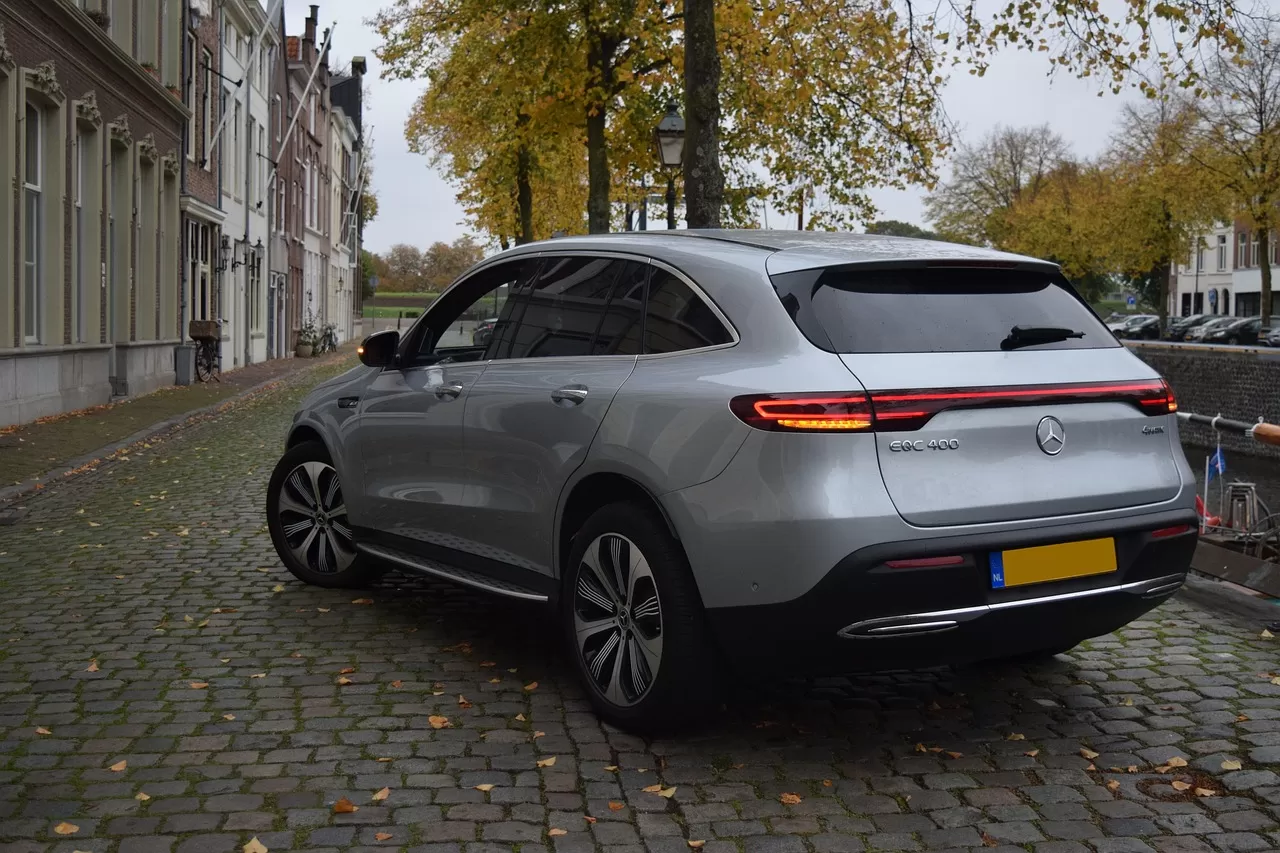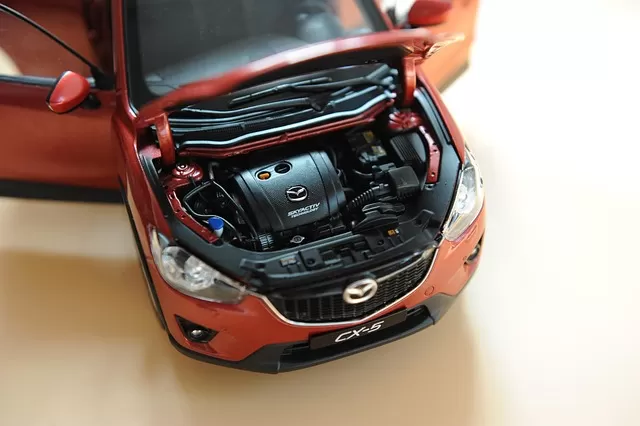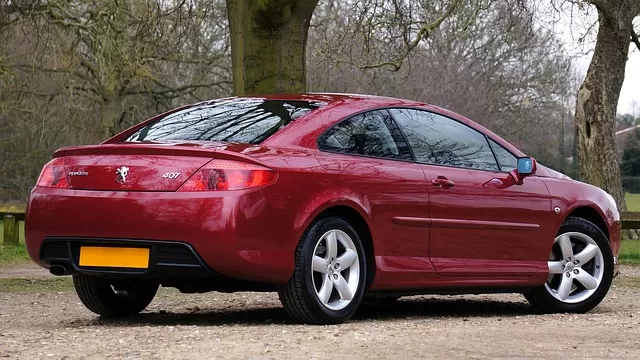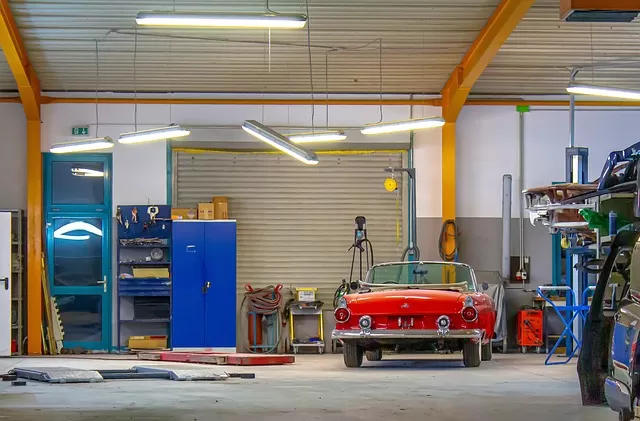
Vehicle Manufacturing Driving Innovation And Resilience Across The US Auto Industry

Top 5 Must Have Car Electronics Upgrades for 2025

Engine Systems Powering Modern American Vehicles

The Clean Energy Powerhouse Revolutionizing Industries

Car Audio Upgrades: Achieving Premium Sound On A Budget

Expert Car Care Tips: How to Keep Your Vehicle Pristine

Battery Storage Driving The Future Of Electric Vehicles

Navigating 2025: Latest GPS And Navigation Systems Reviewed

Boost Your Ride: Latest Trends in Exterior Accessories

Best Car Interior Accessories for Ultimate Comfort
Shared Mobility Redefining Transportation For American Cities
Shared mobility—encompassing car-sharing, ride-hailing, bike-sharing, and scooter programs—offers flexible, on-demand transportation services that Americans can share rather than own. In congested urban centers like New York, Los Angeles, and Chicago, where parking is scarce and public transit can be crowded, shared mobility provides an alternative for those seeking lower costs and reduced environmental impact. By leveraging smartphone apps, GPS tracking, and real-time data, shared mobility platforms match riders with vehicles or drivers as needed. This article examines the main options in the U.S. shared mobility landscape, highlights their benefits and challenges, and considers emerging trends shaping its future.
Related searches

Shared Mobility Options
Car-Sharing:
Programs such as Zipcar and Enterprise CarShare operate in many U.S. metros, allowing users to reserve vehicles by the hour or day. Members access cars parked at designated spots via a mobile app and pay only for time and mileage. Car-sharing eliminates costs associated with insurance, maintenance, and parking, making it ideal for occasional drivers or people who live in areas with reliable public transit.
Ride-Hailing:
Services like Uber and Lyft connect passengers with drivers through apps that display pickup times, vehicle location, and fare estimates. In American cities, ride-hailing often fills gaps where mass transit is limited—late at night or in neighborhoods with sparse bus or train service. Riders pay via credit card or digital wallet, avoiding cash and enabling a seamless, cashless experience.
Micromobility:
Shared bicycles and electric scooters are found on sidewalks and bike lanes in many urban areas. Users scan a QR code to unlock a bike or scooter and pay per minute or per trip. For distances under three miles, micromobility provides a convenient, low-cost alternative, especially in neighborhoods where short trips to errands or transit hubs are common.
Benefits of Shared Mobility
Cost Savings: By paying solely for usage, shared mobility users avoid vehicle purchase costs, insurance premiums, maintenance, and parking fees. A city resident who occasionally relies on shared services can spend significantly less than the average annual cost of private car ownership, which exceeds $10,000.
Reduced Congestion and Emissions: Fewer privately owned cars on the road help ease traffic congestion. Shared vehicles often include hybrids or electrics, and micromobility devices operate on electricity, lowering greenhouse-gas emissions. Studies indicate that each shared car can replace up to 10–15 privately owned vehicles in dense neighborhoods, contributing to cleaner air.
Enhanced Accessibility: In transit-poor areas or for first- and last-mile connections, ride-hailing and micromobility options improve access to jobs, education, and essential services. This can be especially valuable in sprawling suburbs or regions where public transit routes are limited.
Challenges Facing Shared Mobility
Regulatory Hurdles: Shared mobility services operate under varied city and state regulations. Ride-hailing companies negotiate licensing, background checks, and insurance requirements, while micromobility operators face rules on sidewalk parking, speed limits, and device redistribution. Inconsistent regulations can impede expansion and raise operating costs.
Equity Concerns: Many shared services concentrate in affluent urban neighborhoods, leaving low-income or rural communities underserved. Expanding equitable access requires public-private partnerships, subsidies, and community outreach to ensure all populations benefit.
Profitability Issues: High operating expenses—fleet maintenance, vehicle repositioning, insurance, and customer acquisition—strain shared mobility businesses. Some micromobility startups have reduced fleet sizes or raised prices to stay financially viable, while ride-hailing platforms balance driver earnings with competitive fares.
Emerging Trends
Integration with Public Transit: Mobility-as-a-Service (MaaS) platforms are combining buses, trains, car-sharing, and micromobility into single apps. Pilot programs in cities like Seattle and Austin offer bundled passes that incentivize multimodal trips, reducing private-car dependency.
Electrification: Shared fleets are increasingly transitioning to electric vehicles (EVs), supported by grants and municipal partnerships to build charging infrastructure. Electric scooters and e-bikes continue to expand, with companies collaborating on battery-swap networks to minimize downtime.
Future Innovations and Safety
As technology advances, shared mobility providers are piloting autonomous vehicle (AV) integration—small robotaxis and shuttles—that could eventually reduce operational costs by eliminating driver wages. Artificial intelligence (AI) algorithms optimize fleet distribution and dynamic pricing based on demand patterns, reducing wait times and balancing vehicle availability. In response to health concerns, especially post-pandemic, many operators have implemented rigorous cleaning protocols: shared vehicles and scooters undergo frequent sanitization, and in-app guidance reminds users to wear masks or gloves. Data analytics now enable contact tracing within shared fleets, alerting riders if they may have shared a vehicle with someone reporting COVID-like symptoms. These safety enhancements help maintain rider trust and encourage continued use of shared services.
Conclusion
Shared mobility is reshaping transportation in American cities by providing flexible, affordable, and eco-friendly alternatives to private car ownership. While regulatory inconsistencies, equity gaps, and profitability challenges remain, ongoing innovation—particularly in autonomous vehicle pilots, AI-driven fleet management, and enhanced sanitation practices—positions shared mobility as a crucial component of future urban transportation networks. By reducing costs, alleviating congestion, and lowering emissions, shared mobility can help create more accessible, sustainable cities for all residents.
 By: Lorna
By: Lorna

